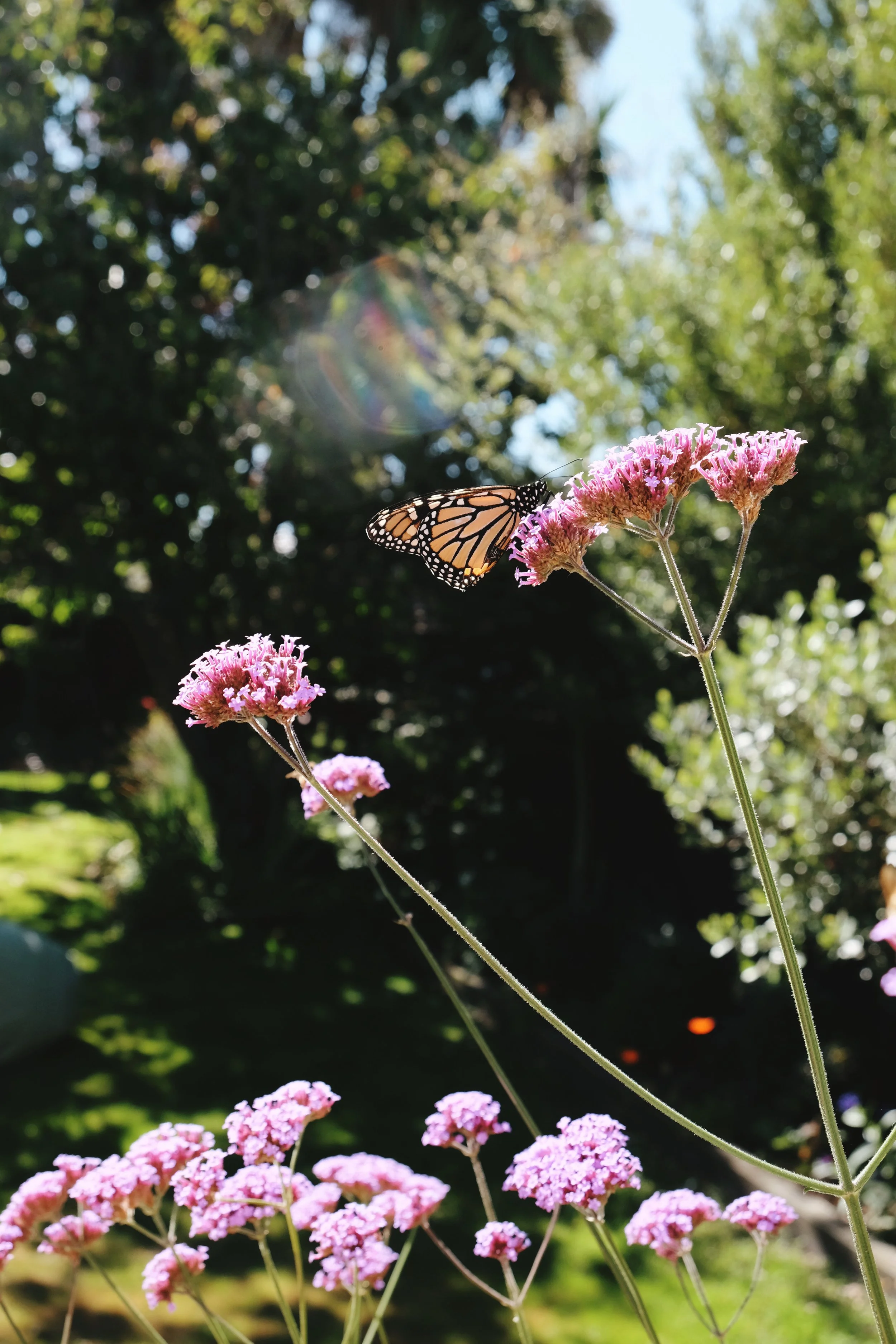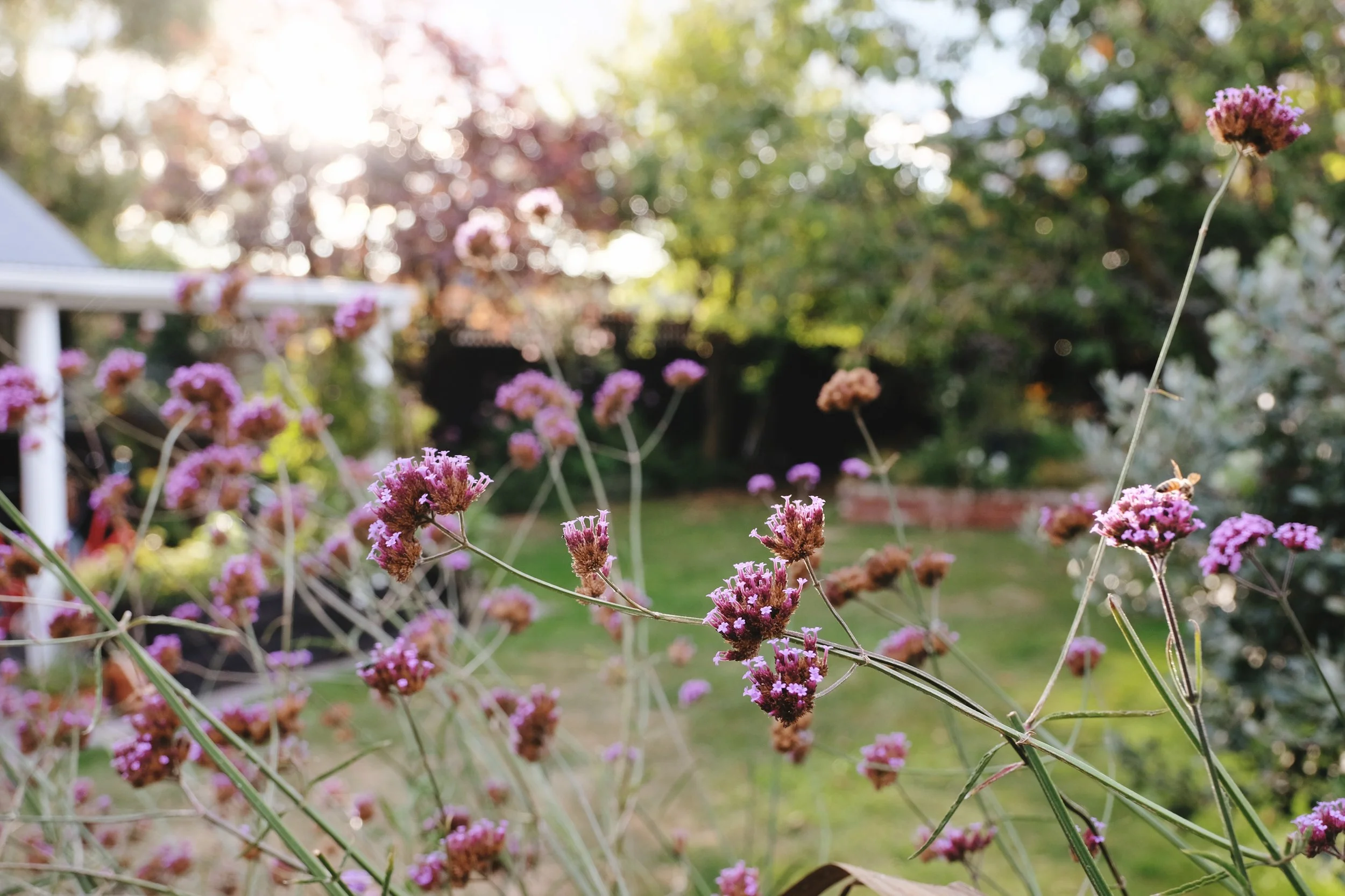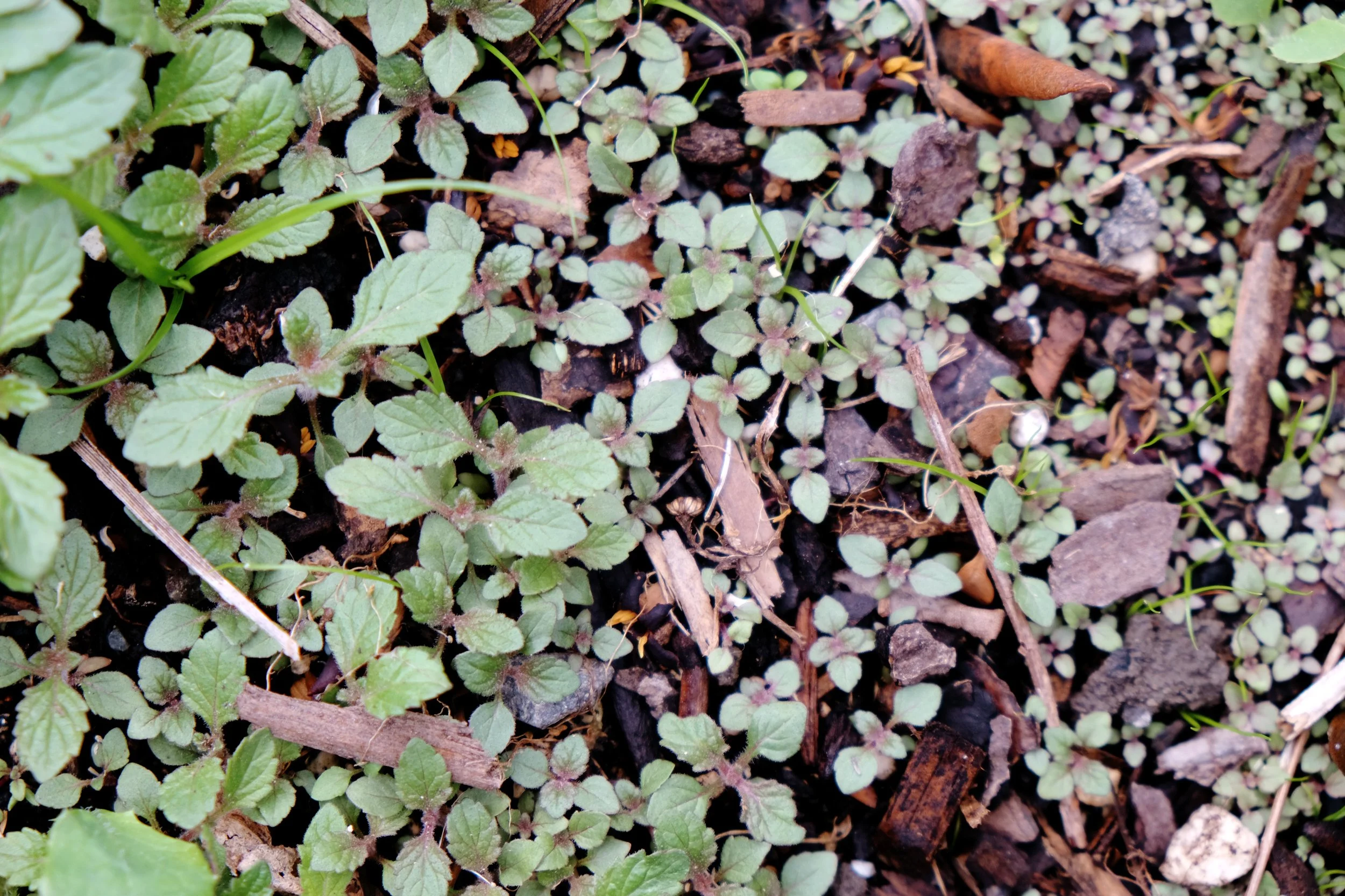My favourite plant is....
/Despite a long and growing list of favourite plants, I have no problems declaring my No.1.
Get me Oprah, a sofa and a stage to declare that Verbena bonariensis is my own Katie Holmes.
I can even remember where we first met.
In 2017, a full year before we bought our house and before I caught the gardening bug, I attended a house and garden tour here in Christchurch. Beside the front entrance, in a bed all on its own, was a wild stand of a very tall, airy and architectural plant with strong, tubular stems topped with puffs of tiny lavender-coloured flowers. It oozed coolness like I had never noticed a plant do before, being both interesting and understated. I was honestly captivated!
Fast-forward a year, to a new home with a new garden and accompanying new obsession, I was stopped dead in my tracks while leafing through the pages of a Gardens Illustrated, where, to my delight, my mysterious “cool” plant was staring back at me. I now had a name to research!
Playing hard to get, Verbena bonariensis (or purple-top vervain, as it is sometimes known as) initially proved hard to track down. Not commonly found in garden centres at the time, it was exercising some patience with Trade Me that finally got me the goods and an envelope of seed from a Hawke’s Bay gardener.
Verbena bonariensis (or VB, as I call it) brings all the wild, generous and romantic vibes I pursue for my patch. It looks good with everybody. It flowers longer than anyone else. It is bee, butterfly and bird heaven. It self-seeds like a maniac, but I just merrily pluck out all the babies to give away, so others can have the VB love too.
Don’t be fooled when people nod in understanding when you mention you have Verbena bonariensis. Most will be thinking of the far more common bedding plant “verbena”, which is often treated as an annual and front-of-border ground cover. VB can grow up to 1.8m, depending on the variety you get your hands on, so there is a vast difference.
I have loved planting it in pots, en masse, as well as placing it within the garden beds, where it squirms up through its neighbours. Particularly fun combinations include, mixed planting with sanguisorbas, echinaceas, rudbeckia, grasses and knautia. It is a popular plant from the recipe book of naturalistic style planting.
Being very easy to get started from seed, raise undercover in seed trays and do not be dismayed if your VB seeds are the last ones to germinate, just rally some patience. Plant out in late spring, or early summer, and protect from birds as they get established. I build mini-fences around my seedlings, using sticks, which works most of the time. Bear in mind that mature plants are vigorous and will take up around 50 cm of space – the common variety reaching well over a metre tall, even in their first season.
VB only tolerates a little shade, so pick a good, bright spot. Once you have this plant, it tends to stick around, self-seeding through the garden further than you might expect. Over the flower season, you will observe how new tiny flowers push through the head of the bloom, while seeds develop below. Essentially it is flowering and seeding all at once.
You quickly learn to identify its tine red-stemmed seedlings, meaning you can easily stay on top of it and patrol your gardens borders – particularly important if you live in the countryside.
Verbena bonariensis is considered a three-year perennial, meaning that, beyond its third season flowering, it will likely start to underperform. I leave my plant, complete with seed heads to be feasted on by birds during the early winter months, before cutting stems back down to around 20 cm from the ground. In an early winter garden, even the seeds heads on tall stalks gives great structure.
Try to grow multiple plants in your garden, as you’ll definitely want to cut huge long stems of it to enjoy inside. VB has an incredible vase life. I love to have super tall limbs of it on a mantel, or equivalent, against the wall. The sheer length and graphic shape of it brings terrific drama and a scale that is really hard to achieve with many other plants. It is equally appealing in mixed arrangements, and it is not uncommon for me to pluck stems out of one vase, give a quick trim and put in another, while its vase mates head for the compost heap.
When harvesting for an arrangement, have a think about where you will cut a length from. Try to pick from the back of the plant, where a missing central stem won’t be so obvious. Snip just above a side set of shoots, and you will notice new froth forming from that intersection.
Long arms of VB in the bedroom. Artwork by Fleur Wickes
This is an expanded version of the article featured in my Stuff ‘Homed’ gardening column for beginners , The Press, Dominion Post and other regional papers on November 11th 2021
All words and images are my own, taken in my home and garden in Christchurch, New Zealand unless otherwise captioned.









